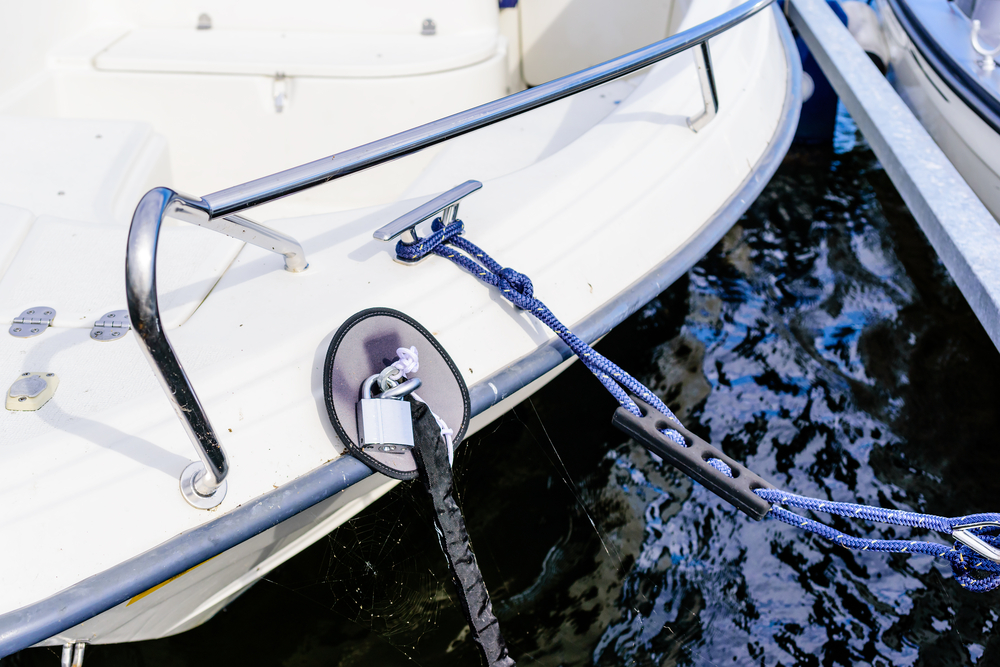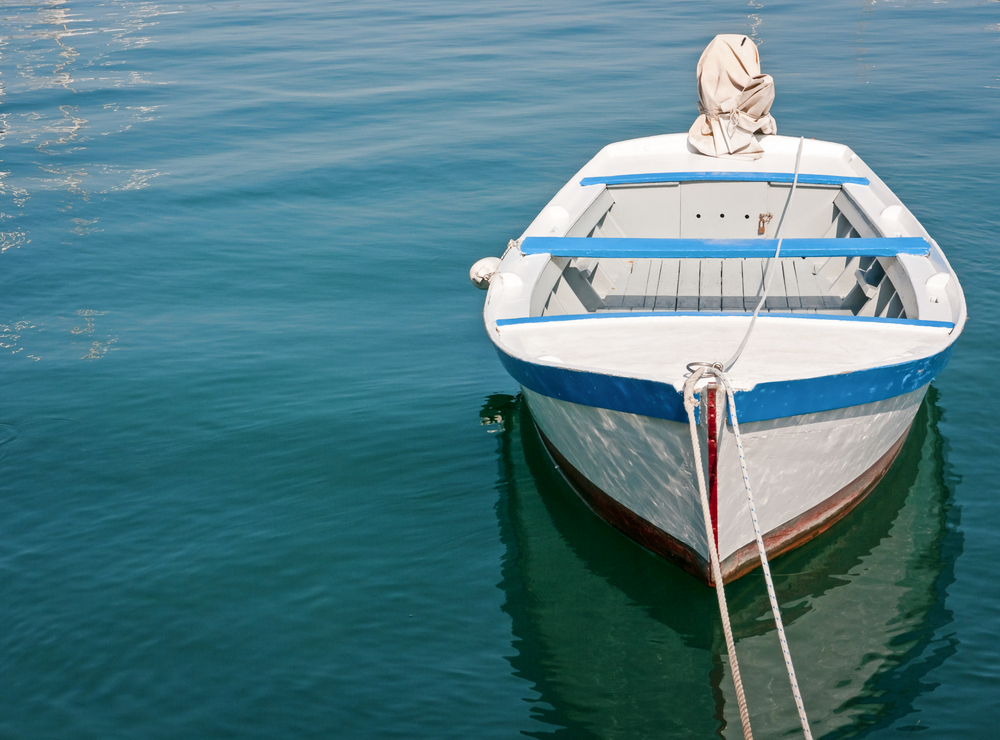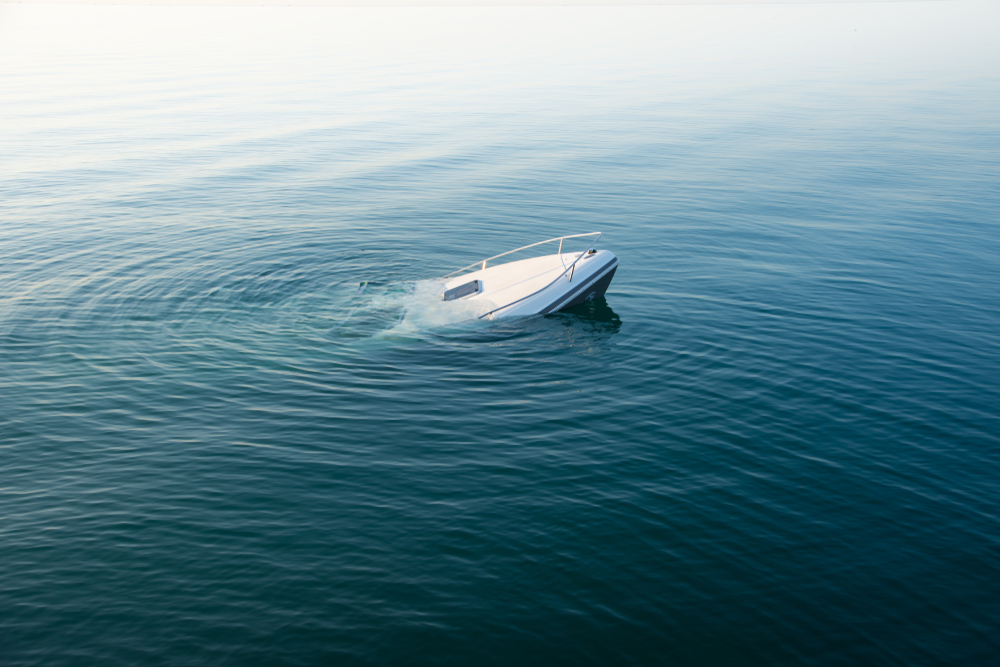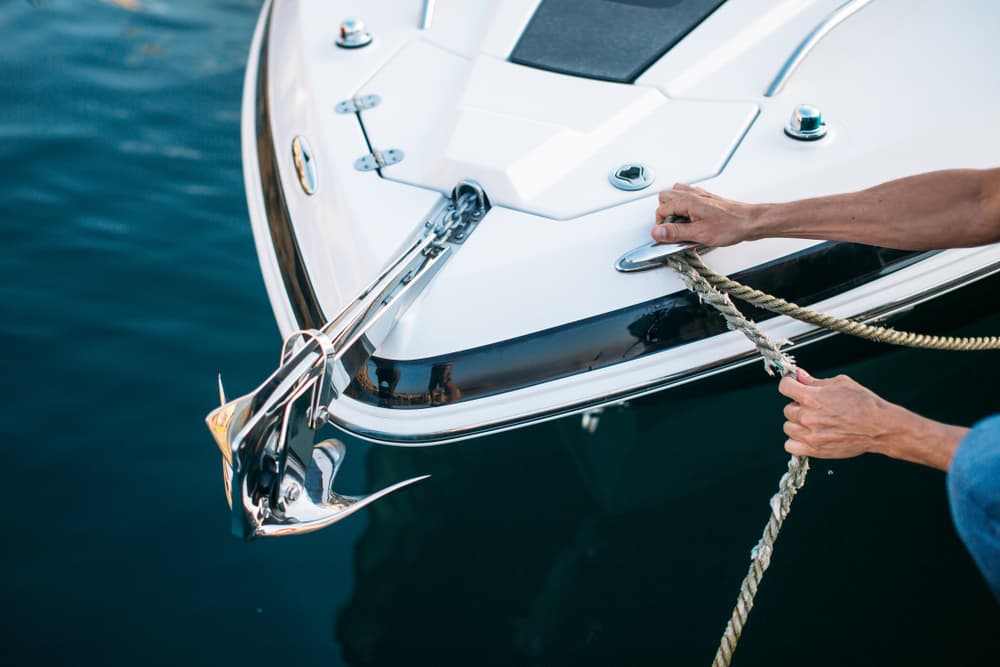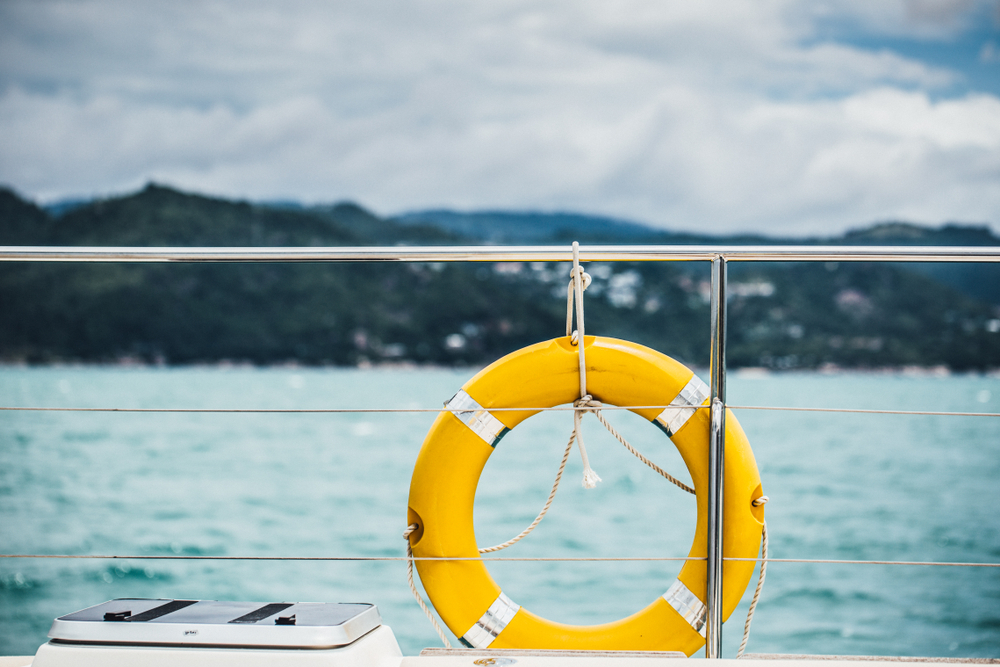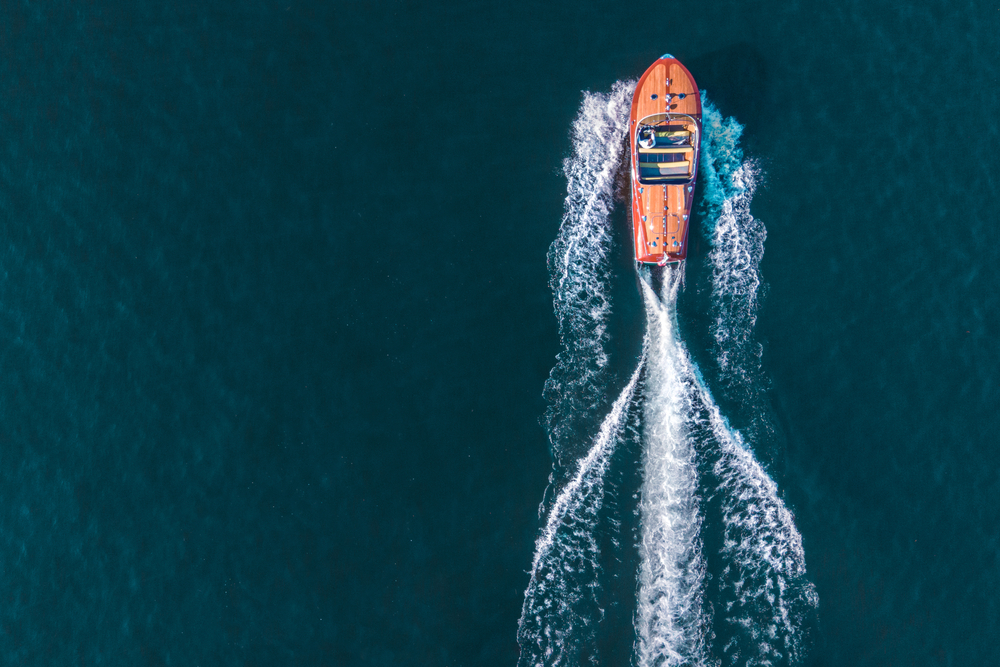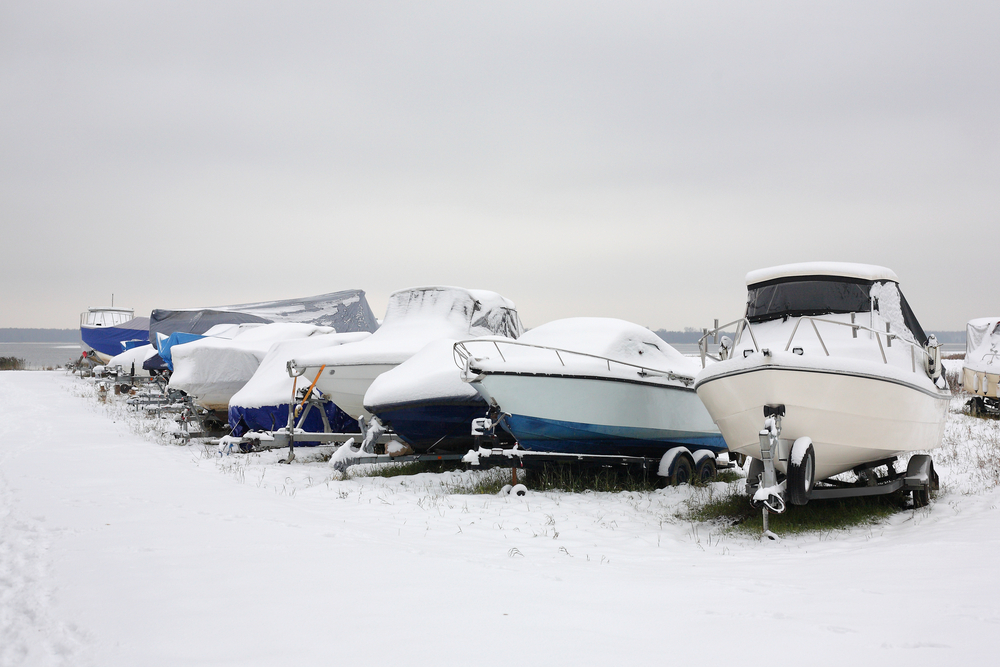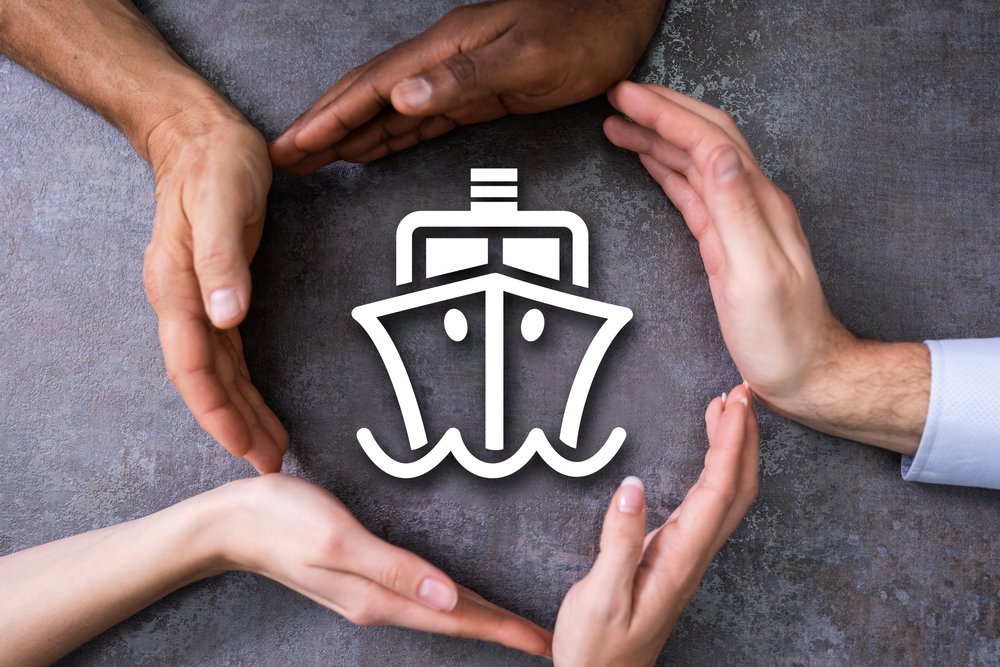Boats are no joke when it comes to their cost on average, especially when moving up to larger and more powerful vessel types. Of course, that’s not everything of value regarding these investments, as boats often include state-of-the-art technologies, electronics aplenty and, in some cases, premium interior fittings and furnishings.
Boat thieves target not only the vessel itself but also anything stored or installed onboard that could fetch a pretty penny at the pawn shop. To help you safeguard your investment and minimize the risk as best as possible, our team at Portside Marine Insurance has come up with some best practices to bear in mind. If you’re wondering how to prevent boat theft, you’ve come to the right place!
Never Store Personal Belongings Onboard Overnight
Boats come with plenty of storage, sometimes even safes, which can be tempting to use. Besides, who likes having to clear out their belongings every time they disembark? The issue here is, if you don’t do it, there’s a risk that someone else will. Jewellery, smartphones and tablets, laptops, portable video game systems, expensive fishing gear, and other similar items are all prime targets for thieves, especially if they see a beautiful and expensive-looking boat moored at the local marina.
Don’t Treat Marina Security as Guaranteed Protection
It’s easy to fall into a false sense of security if you pay for dedicated storage at a marina. Even when it’s boating season, if you dock your vessel at a marina or otherwise, know that any onsite security designed to deter thieves often won’t physically stop them from boarding. Fences can be clambered over, security cameras snuck around, and even electricity cut. It’s important to be realistic and sensible when storing your vessel; while it will likely be safer, there’s still a chance of someone trying to sneak aboard.
Get Boat Insurance that Covers Theft!
We’re sometimes asked the question, “does boat insurance cover theft?” Our answer is that, when choosing us, it certainly does, but not every marine insurance provider may offer it. While a boat insurance policy normally includes theft coverage, it may sometimes be excluded. When checking to determine whether a policy provides compensation for risks like fire or collision damage, you should take the time to ensure that theft is also listed as covered.
Avoid Making Your Vessel Attractive to Thieves
Fishing vessels, even smaller boats, are often targeted by thieves who want to make a quick getaway with expensive gear, including tackle boxes, lures, fishing rods, and specialized tools. Alternatively, speedboats and fancy cabin cruisers may be targeted for their resale value, especially if they have premium features that are easily visible on the outside, like expensive speaker systems or powerful motors.
All these examples more or less involve displaying the vessel as an attractive option for thieves. Flashy paint jobs and extra décor elements can heighten the risk further, so be sure to minimize the attention your boat receives while using it! During the off-season period, when the boat is in storage, it’s more likely to blend in and not be as tempting among other vessels docked around it.
Avoid Showing Off on Social Media
This ties into our previous point, but it’s an important tip that too many boat owners overlook! While sharing photos of your beautiful new vessel with friends and family is fun and exciting, there’s a fine line that shouldn’t be crossed. Constantly Instagramming navigational updates or videos touring the cabin are ill-advised, as this calls attention to your vessel among strangers. Of course, a potential thief could be anyone, including those you know who may be desperate for additional money. Try to keep social media updates to a minimum.
Don’t Leave the Key in the Ignition!
Even if you’ve stopped for a quick bite to eat or to visit a friend at their cottage along your planned navigational route, you should always take your key with you whenever you dock. It’s no different than leaving a fancy car parked with the key in the ignition. On top of that, ironically, many boats don’t have tops or siding in the form of roofs, lockable doors, or cabins. Smaller vessels are often completely open without shade, meaning anyone can step aboard, turn the key, and take the boat for a spin.
Chat with a Boat Insurance Provider About the Specifics
We can’t recommend this enough; the more you know in advance about the policy in question, the more informed a decision you’ll be able to make as to whether it’s sufficient for your needs as a boat owner. That includes knowing whether theft coverage pertains to strictly the vessel itself, onboard belongings, or both. You don’t want to find out the hard way by guessing, signing up without knowing the facts, and then learning that you aren’t covered if the unthinkable occurs!
Don’t Keep Your Papers Onboard!
You should always have your registration paperwork with you when using a boat, but that doesn’t mean it should be left onboard! If thieves get their hands on such documentation, it’s going to be difficult to get it replaced – possibly along with your vessel itself!
Secure Your Vessel Properly to the Dock
Lastly, think about how you moor your boat. Ropes can be cut far more easily than steel cables or chains. Also, have you thought of removing batteries or shutting down fuel lines, making the boat inoperable until you want to use it? These are just some examples of ways to proactively secure your boat to the dock.
Interested in more boating tips and best practices? If you’re wondering how to prevent boat theft, protect your belongings and safeguard your complete investment, we’re happy to help here at Portside Marine Insurance. Reach out to us today to discuss your boat insurance and theft coverage needs.

